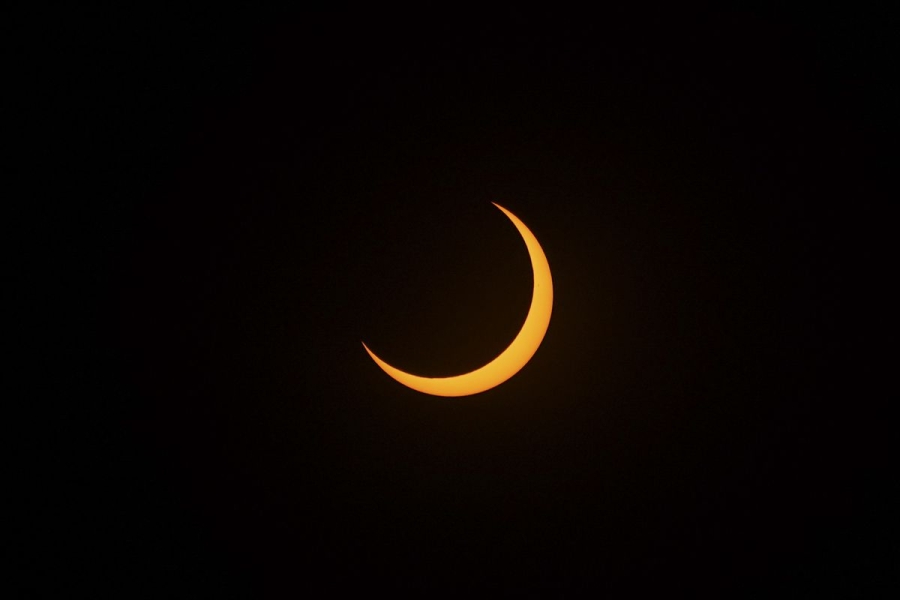Don’t worry if you missed the 2024 eclipse. There will be more.

Brian Resnick is Vox’s science and health editor, and is the co-creator of Unexplainable, Vox’s podcast about unanswered questions in science. Previously, Brian was a reporter at Vox and at National Journal.
Total solar eclipses like the one crossing America today are beautiful, but they’re fleeting. Totality, when the sun is completely covered by the moon, lasts just a few minutes. And the whole thing — from the start of the partial eclipse to the end — takes just a few hours. The experience is sublime, but it’ll leave you wanting more.
Here’s the good news: Total solar eclipses happen somewhere in the world about every 18 months. That’s how long it takes for the specific conditions that create eclipses (the phases of the moon, the distance of the moon to Earth, and the moon crossing the plane of Earth’s orbit) to line back up.
The next total solar eclipse will be on August 12, 2026, and it will pass over Spain, Iceland, and Greenland. The one after that? August 2, 2027, over North Africa.
NASA keeps a catalog of all the eclipses (both solar and lunar) that have occurred or will occur from 1999 BCE to 3000 CE.
That’s why we know, for instance, that on January 27, 2837, a total solar eclipse will pass over southern Mexico. (Will any humans be around to see it?)
The next solar eclipse over the United States will be visible in Alaska in 2033. And the next one in the lower 48 states will be in 2045.

Source: vox.com






